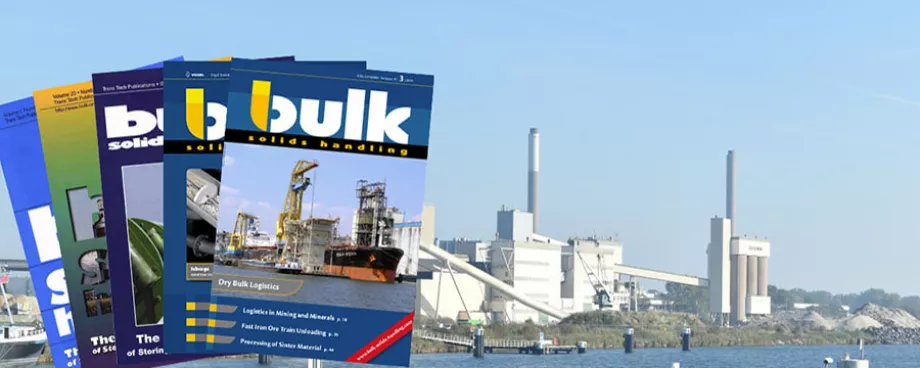Today it is well-known that pre drying of plastic raw materials in many cases offers many advantages in respect of capacity and quality.
Also it appears that the knowledge of the effect of the drying process is very limited among most processors, and they believe that drying is a very simple process which can be carried out by means of any equipment available as long as it is specified as a dryer.
However, drying of raw materials is influenced by many factors, making it not quite as simple as it sounds.
Apart from the cases where drying is carried out in order to obtain increased capacity, normally available by preheating of raw material, it will be necessary to adapt the drying process to the raw material itself It will also be necessary to consider transport and storage conditions.
Generally the raw materials can be separated into two main groups:
- The non-hygroscopic materials as Polyethylene (PE), Polypropylene (PP) and corresponding materials where moisture occurs as a surface moisture only, mainly caused by condensation due to storage or a long transportation time.
- Hygroscopic materials such as Acrylonitrile-Buladiene-Styrene (ABS), Polycarbonate (PC), Polyamide (PA), and Polyester (PET) etc. adsorb moisture from the ambient air in such a way that the moisture enters each single granule in the raw material.
The process in question also depends on how dry the material is and it has been proved that the injection moulding process is not as sensitive to moisture content by processing as extrusion processes, i.e., blowing sheet manufacturing, etc.
■


















